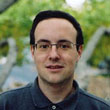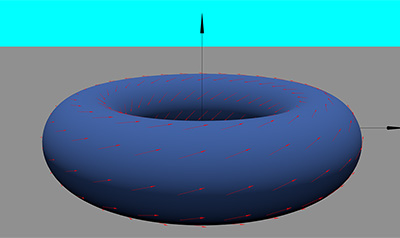How do fields like fluid flow, electricity, and gravity behave in three-dimensional space? What are the mathematical structures that describe circulation, outflow, and equilibrium in space?
Multivariable Calculus provides a framework for answering these questions in multiple dimensions. Whether modeling the movement of air over a wing, the flow of water through a pipe, or the spread of heat in a solid, you’ll learn how to use the mathematical language that describes such systems.
This online course – Part 3 of a three-part series from the MIT Department of Mathematics -- builds on earlier topics to explore more advanced concepts and techniques in multivariable calculus. It also uncovers deep connections with earlier concepts that manifest prominently in three-dimensional contexts. Some of the questions addressed include:
- How much fluid passes through a curved surface at a given time?
- How can one determine whether a vector field is conservative?
- Under what conditions does a field exhibit rotational behavior?
- How are local divergence and curl related to total flux and circulation?
This course develops methods for computing surface integrals and line integrals in dimension three and introduces the theorems—Divergence and Stokes’—that relate these integrals under operations taking differentials of integrand fields and taking boundaries of integration domains.


